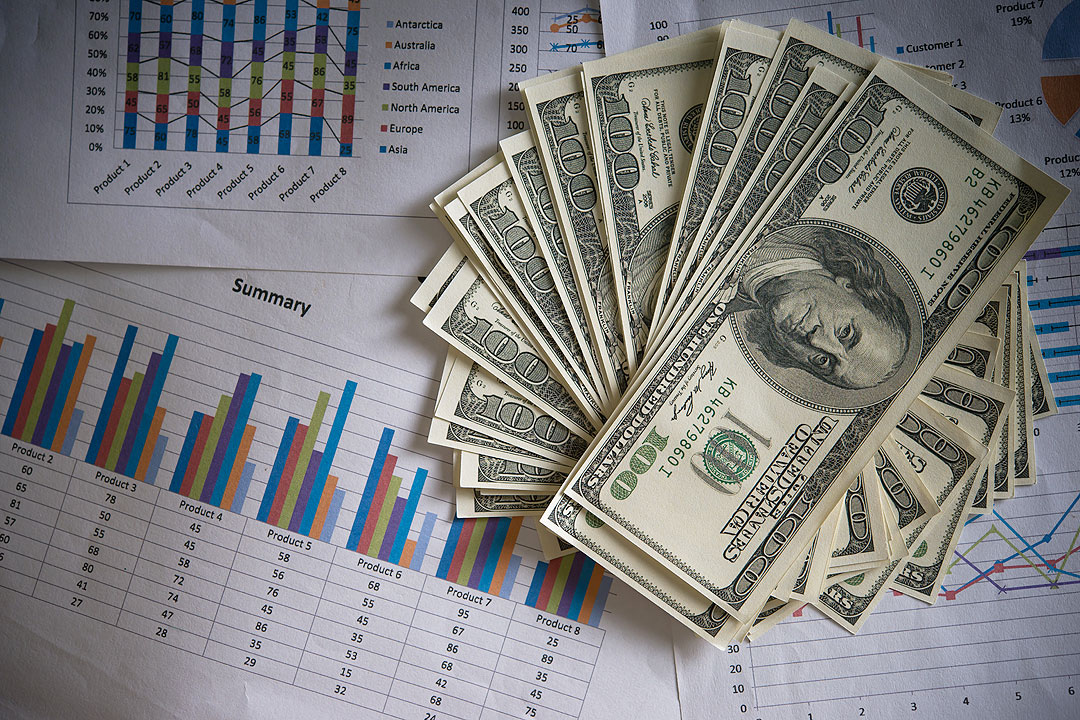Understanding the US debt crisis: The battle against inflation

Human Side Of Economics
Bernardo M. Villegas

(Part 2)
What has been the impact of this battle against inflation on the Philippine stock market?
Jim Walker, Chief Economist at Aletheia Capital Limited (an independent research platform for the Indo-Pacific region), observes that from 2000 to 2019, average nominal GDP growth was 9.2%. Return on equity (ROE) on the Manila Stock Exchange has been well above that average. As of the first quarter of 2023, ROE was above 19% higher than the same quarter in 2022. If replicated throughout the year, ROE will hit 13% in 2023. This will feed the already bullish investment climate. Assuming that this profit proxy also applies to the unlisted parts of the economy, the business community’s growing confidence could readily result in increased capex spending, just exactly what the economy needs to grow faster than the 6-7% current rate.
Special mention should be made of the investment opportunities in the Information Technology and Business Process Management (IT-BPM) sector which saw 8.4% growth in 2022, adding another 121,000 full time employees (FTEs) out of the total number of 1.57 million FTEs. This sector earned $32.5 billion in 2022, up from $29.5 billion in 2021.
Despite talk of recessionary forces in the advanced countries in North America and Europe, the IT and Business Process Association of the Philippines (IBPAP) is confident that total employment in the sector will grow to 1.7 million with revenues reaching $35.9 million in 2023. As reported in this paper (on May 31), the Executive Officer of Sansan, Inc., a Japanese technology firm, said that the Philippines has an opportunity to attract more foreign companies to set up tech hubs in the Philippines that serves the wider ASEAN region, especially for software development and engineering talent. Fijikura Shigemoto said, however, that the country must increase access to quality education and training by targeting key areas of technology and entrepreneurship. Fortunately, Jack Madrid, President of the IBPAP, is planning to form an IT-BPM services online talent hub, as well as establish early-stage interventions to improve the employability of senior high school and higher education graduates.
In addition to the high employment generating sector that is the IT-BPM industry, infrastructure spending also generates many jobs as well as increase capital investment. As Jim Walker pointed out, the 9.9% growth rate in real gross fixed capital formation in the first quarter of 2023 was 350 basis points higher than the overall GDP growth rate of 6.4%. Such data support the view that the private business sector is on the move again. At the same time, the Government is committing to stimulate more infrastructure spending by spending at least 6% of GDP during the next five years. This will surely help crowd-in business investment, both local and foreign.
The $64-question is whether or not there will be support for increased investment activity from monetary policy. M2 growth increased only 7.4% year on year in March 2023. The most probable move is for the Bangko Sentral ng Pilipinas (BSP) to reduce the Reserve Requirement Ratio (RRR) in the next few months so as not to scare markets with a rate cut too early in the process of encouraging more investments.
An additional reason why the BSP will likely be slow in reducing policy rates is concern over the currency. As was also the case among its neighboring countries, rate rises were required in 2022 to stem the depreciation of the local currencies. The peso is perceived as being one of the weaker currencies in the region. Since the beginning of 2023 it has lost 27% against the US dollar. However, on a trade-weighted nominal effective exchange rate (NEER) basis, the depreciation over the same period has really been only 11%. In fact, the NEER is up 6% from early 2018. In real terms (deflated by the Consumer Price Index, CPI), the peso is at 20-year highs.
Jim has some very valuable insights about the peso-exchange rate. He confirms a view I have expressed several times in the economic briefings I give that there has been too much of a penchant among our policy makers, and even private sector people, for a strong peso. We have been doing an injustice to our OFWs and the IT-BPM industry who have been earning tens of billions of dollars for the economy but have been undercompensated for their efforts with a strong peso. He pointed out correctly that only once in the last seven years has the Philippines run a current account surplus. Answering his rhetorical question, I assert that the real appreciation of the peso in the last few years has taken its toll and is therefore signaling a sharper decline in the nominal exchange rate.
Here again we see the importance of bringing consumer price inflation under control. If Philippines inflation is higher than most of its trading partners, its competitiveness will continue to be undermined. That is why we should support all the efforts of the BSP to bring down inflation to the 2-4% level.
There is, however, a bright spot in this relationship between high inflation and the current account deficit. Jim rightly points out that the adjusted resource gap has been in surplus for most of the period during which the current account has been in deficit. The explanation is that net foreign direct investment has been offsetting the current account weakness. That highlights the second most important challenge to President Bongbong Marcos after addressing food security and agricultural productivity. That is attracting FDIs to the tune of $15-20 billion annually, as Vietnam has already done in recent years. Jim is optimistic that this is within reach because of current problems and issues elsewhere in the ASEAN region.
Even if we continue to suffer from persistent current account deficits, attracting large amounts of FDIs will not only remove the image of the peso as the “weak man of Asia.” It will also significantly increase the ratio of Gross Capital Formation to GDP to levels above 30%, which is what most of our East Asian neighbors have been enjoying literally for decades.
Let me end by quoting verbatim the conclusion of Jim Walker about the bright prospects facing the Philippine economy. Let me reiterate that he represents a completely independent think tank and investment research firm and has no reason to issue self-serving reports as our own government officials may be suspected of doing:
“The authorities still have challenges, consumer price inflation being the most pressing, and there are questions to be answered about intentions in the agricultural sector, but, generally the mood in Manila among a diverse set of contacts was upbeat. The prospect of political stability over the next five years is important and signals sent in the first year of the new administration, especially as regards willingness to do business with foreign investors, are highly encouraging. Compared to the murky pictures in both Indonesia and Thailand we would be happily overweight in the Manila Composite.”
Even before visiting Vietnam (whose 2023 First Quarter GDP growth was way below that of the Philippines), Jim already advanced his assessment about the so-called VIP (Vietnam, Indonesia, the Philippines) Club that President Marcos talked about during his trip to Davos early this year. After his recent visit to the Philippines, Jim Walker boldly asserts that: “At the moment, the Philippines is ahead on both growth metrics and politics.”
I can only say “Amen.”
Bernardo M. Villegas has a Ph.D. in Economics from Harvard, is professor emeritus at the University of Asia and the Pacific, and a visiting professor at the IESE Business School in Barcelona, Spain. He was a member of the 1986 Constitutional Commission.
